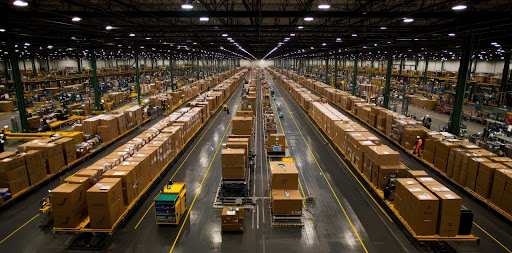VeroClear is a transparent photopolymer material used in PolyJet 3D printing technology. It is known for its optical clarity, making it ideal for applications where transparency or translucency is required. Here are some common applications for VeroClear in 3D printing:
Prototyping Transparent Parts: VeroClear is used to create transparent prototypes of products and components, allowing designers to visualize internal structures and mechanisms.
Visual Models and Demonstrations: It is employed to produce transparent visual models for presentations, demonstrations, and exhibitions.
Architectural Models: VeroClear is used to create transparent architectural models, allowing architects and designers to showcase building designs with see-through features like windows and interior spaces.
Medical Models: In the medical field, VeroClear is used to create transparent anatomical models for surgical planning, medical training, and patient education.
Dental Models: Dentists and dental labs use VeroClear to produce transparent dental models for orthodontic planning, patient consultations, and the creation of clear aligners.
Fluid Flow Visualization: VeroClear is used to create models for visualizing fluid flow in various engineering and scientific applications.
Microfluidics Prototyping: It is employed in the prototyping of microfluidic devices and chips used in the analysis and manipulation of small volumes of fluids.
Educational Models: VeroClear is used in educational institutions to create transparent models for teaching subjects like physics, biology, chemistry, and engineering.
Consumer Electronics Prototyping: In the electronics industry, it can be used to prototype transparent casings, enclosures, and displays.
Light Guides and Lenses: VeroClear is employed for creating light guides, lenses, and optical components used in lighting fixtures and optical devices.
Custom Lighting Prototypes: Designers and engineers use VeroClear to prototype custom lighting designs and fixtures that require optical clarity.
Microscale and Nanoscale Structures: It is used to create prototypes of microscale and nanoscale structures for research and development purposes.
Custom Decorative Items: VeroClear is suitable for creating decorative items like transparent vases, art pieces, and awards.
Transparent Casings and Enclosures: It is employed for creating transparent casings and enclosures for various products, allowing users to see the internal components.
Fluid Containers: VeroClear is used for prototyping transparent fluid containers and reservoirs for research and laboratory use.
Electrostatic Demonstrations: In physics education, it can be used to create transparent models for demonstrating principles like electrostatics.
Cosmetic Packaging Prototypes: The material is used to prototype transparent packaging designs for cosmetics and personal care products.
VeroClear’s optical clarity and transparency make it a valuable choice for applications where the visibility of internal structures, fluid flow, or other transparent features is important. It is often chosen when creating realistic, functional prototypes with see-through properties.








